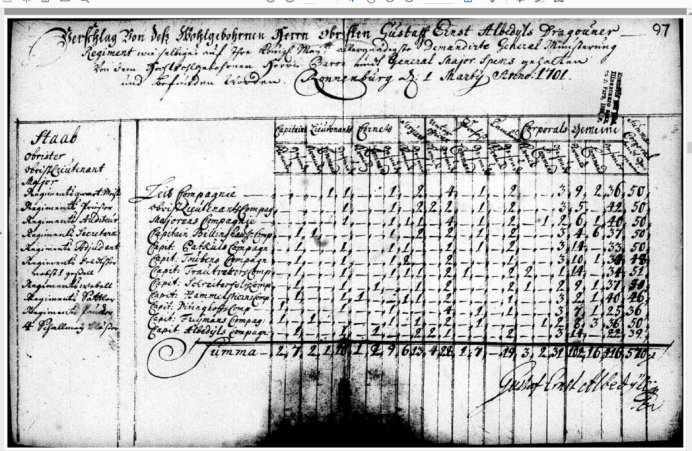The Swedish calendar
Topic: Livonia
1700-1712 Sweden had its own calendar, which was one day ahead of the Julian calendar and ten days behind the Gregorian calendar. Why? Well, that's an issue which surprisingly hasn't been investigated in detail. The standard work on the issue (Den svenska tidräkningen 1700-1712 by Emil Hildebrand) came as early as in 1882 and it's very brief. I will not attempt go beyond what Hildebrand has to say, except on a couple of details.
The background was of course the problems with the Julian calendar and the fact that the difference between it and the Gregorian increased by time. During the 17th century it was ten days, but would be eleven by the next century. A German mathematician by the name of Erhard Weigel took a great deal of interest in the matter and in late 1696 he arrived in Stockholm. Sweden was of course at that time one of the most important Protestant countries in Europe, so the position taken by the Swedish authorities could be expected to influence other countries. Upon arriving in Stockholm Weigel presented Charles XI with a number of proposals, including calendar reform. Unfortunately he soon ran into problems. Swedish experts, most notably Johan Bilberg (1646-1717) and Anders Spole (1630-1699), were not enthusiastic. The Gregorian calendar was invented by a pope, a change would bring disorder and Weigel had not been able to prove that he enjoyed the support of other German mathematicians or princes. Weigel should start at home and return when he had convinced everyone else.
Weigel did just that and managed to get quite far at the Diet in Regensburg. The Swedish minister Snoilsky in 1698 informed Charles XII of the developments and so did Weigel himself. In 1699 the discussions continued in Sweden and various proposals were debated. During this period a letter from the Diet arrived: it was in favour of Weigel's proposal and asked for the Swedish opinion. Bengt Oxenstierna, the Chancery President, concluded that the Swedish provinces in Germany had to follow suit, but that this did not mean that Sweden itself would have to make the change.
Further debate brought forth the idea to change gradually. Johan Bilberg suggested to remove eighth days in 1700 (one in February and the rest in November) and the leap days in 1704, 1708 and 1712. This became the Swedish position and the Diet in Regensburg was informed of it. However, the decision was to go ahead anyway and remove eleven days in February 1700. So how would Sweden respond?
Well, here things get a bit unclear, but apparently Bilberg came forward with a new idea: remove one day in February 1700 in order to keep the difference from growing and use the time for further discussions. On 11 November this was decided in the Chancery.
Then nothing happened for several years. In 1711 Charles XII decided that the "experiment" had gone on for too long and decreed that Sweden in 1712 would go back to the Julian calendar. Thus far Emil Hildebrand's description.
To this I can add a rather peculiar detail. The decision was apparently not conveyed to the Governors of Livonia and Estonia until well past February 1700. On 20 March 1700 Charles XII wrote to Dahlbergh and de la Gardie, ordering them to make the correction.The letter reached Dahlbergh on 4 April and two days later he sent instructions to both the clergy and the Court of Appeal in Dorpat.
Sources:
LVVA, Fond 7349, op. 1, vol. 52, German letterbook for 1700
LVVA, fond 7349, op. 1, vol. 149, Royal letters for 1701
Hildebrand, E., Den svenska tidräkningen 1700-1712. - Stockholm, 1882
Posted by bengt_nilsson
at 7:07 PM MEST


